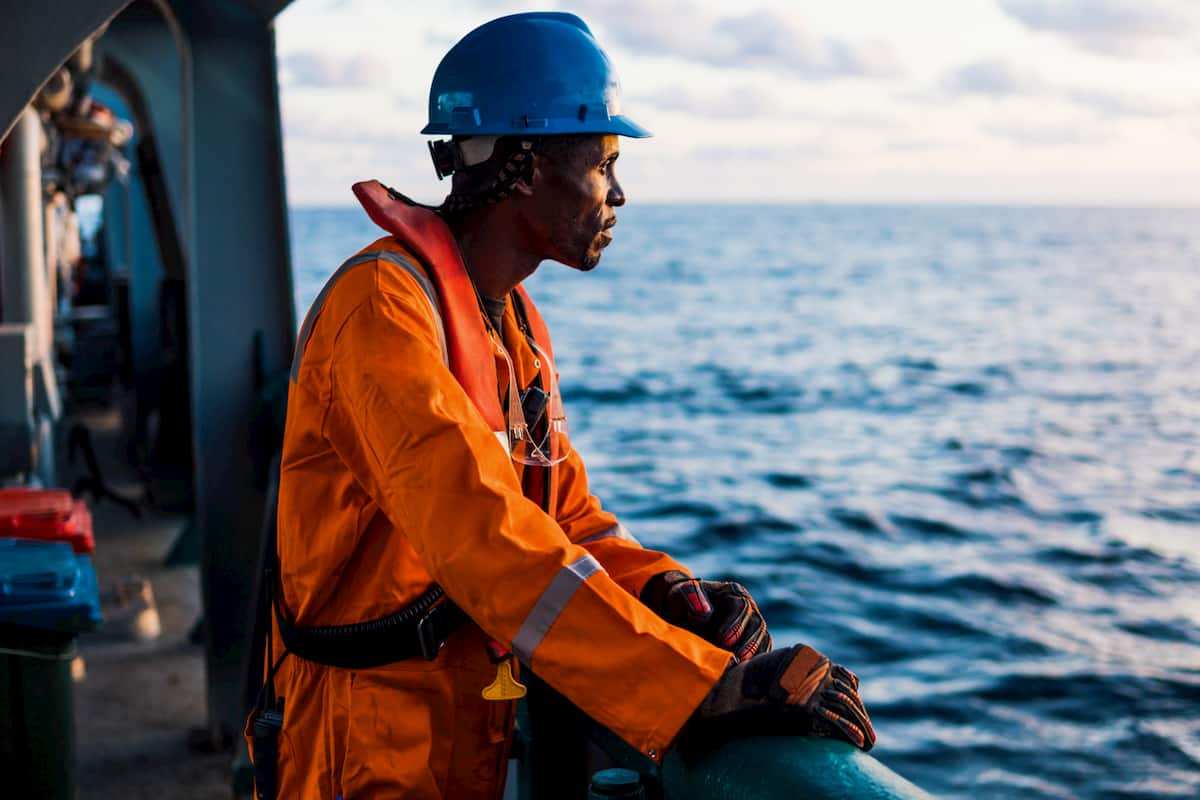
Legal Rights of Offshore Injury Victims
Offshore workers injured while performing their duties have specific legal rights and protections available to them. These rights are designed to ensure that injured workers receive fair compensation and medical care, regardless of the circumstances surrounding their injury.
The Jones Act
The Jones Act is a federal law that provides legal recourse for seamen who are injured in the course of their employment. The act defines a seaman as someone who is employed on a vessel in navigation, and it provides them with the right to sue their employer for negligence or unseaworthiness.
Longshore and Harbor Workers’ Compensation Act (LHWCA)
The LHWCA is a federal law that provides workers’ compensation benefits to employees who are injured while working on navigable waters. The act covers a wide range of workers, including longshoremen, harbor workers, and shipbuilders.
The LHWCA provides injured workers with benefits such as medical expenses, lost wages, and vocational rehabilitation. It also provides death benefits to the families of workers who are killed on the job.
Choosing an Offshore Injury Lawyer

Selecting an experienced and qualified offshore injury lawyer is crucial for maximizing your compensation and protecting your rights. Here are some key considerations to guide your decision-making process:
Specialized Knowledge and Experience
Offshore injury law is a complex and specialized field. Look for an attorney who has extensive experience handling cases involving offshore injuries, including maritime law, admiralty law, and the Jones Act.
Factors to Consider
- Track Record: Review the lawyer’s success rate in handling offshore injury cases and their ability to secure substantial settlements or verdicts.
- Referrals: Seek recommendations from trusted sources, such as previous clients or other attorneys, to identify reputable offshore injury lawyers.
- Communication and Responsiveness: Choose an attorney who is accessible, responsive, and communicates effectively to keep you informed about your case’s progress.
- Contingency Fee Structure: Most offshore injury lawyers work on a contingency fee basis, meaning you only pay if they win your case.
Common Defenses in Offshore Injury Cases

Employers and insurance companies often raise various defenses in offshore injury cases to avoid liability. Understanding these defenses is crucial for victims to develop effective strategies for pursuing compensation.
Contributory Negligence
Contributory negligence is a defense that argues the injured worker’s own negligence contributed to their injuries. If proven, this defense can reduce or bar the victim’s recovery. To overcome this defense, victims must demonstrate that their employer’s negligence was the primary cause of the accident.
Assumption of Risk
The assumption of risk defense asserts that the injured worker voluntarily assumed the risks associated with their job. This defense can be difficult to establish, as courts generally require employers to provide adequate safety measures and training. Victims can counter this defense by showing that they were not aware of the risks or that the employer failed to provide adequate safety measures.
Fellow-Servant Rule
The fellow-servant rule is an outdated defense that protects employers from liability for injuries caused by the negligence of fellow employees. This defense is typically not applicable in offshore injury cases, as most offshore workers are employed by the same company.
Recent Trends in Offshore Injury Law

Recent years have witnessed a significant evolution in offshore injury law, driven by evolving case law, regulatory changes, and technological advancements. This article examines the latest trends shaping this legal landscape, providing insights into the future direction of offshore injury law.
Emerging case law has clarified the rights and responsibilities of offshore employers and injured workers. Landmark rulings have expanded the scope of liability for negligence, broadened the definition of “seaman” under the Jones Act, and established new standards for proving causation in offshore injury cases.
Regulatory Changes
Regulatory agencies have also played a vital role in shaping offshore injury law. The Bureau of Safety and Environmental Enforcement (BSEE) has implemented stricter safety regulations to prevent accidents and protect offshore workers. These regulations cover various aspects of offshore operations, including equipment maintenance, training, and emergency response plans.
Technological Advancements
Technological advancements have significantly impacted offshore injury law. Remote sensing devices, data analytics, and wearable technologies have improved accident investigation and evidence gathering. These advancements have enhanced the ability of injured workers to prove their claims and hold negligent parties accountable.
Future Direction
The future of offshore injury law is likely to be characterized by continued evolution in these key areas. Case law will continue to refine the legal framework governing offshore injuries, while regulatory changes will adapt to emerging risks and technologies. Technological advancements will further enhance the ability of injured workers to seek justice and protect their rights.





